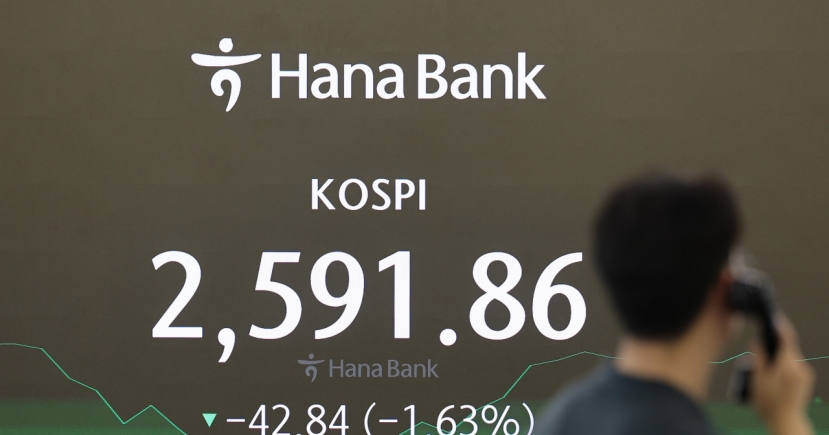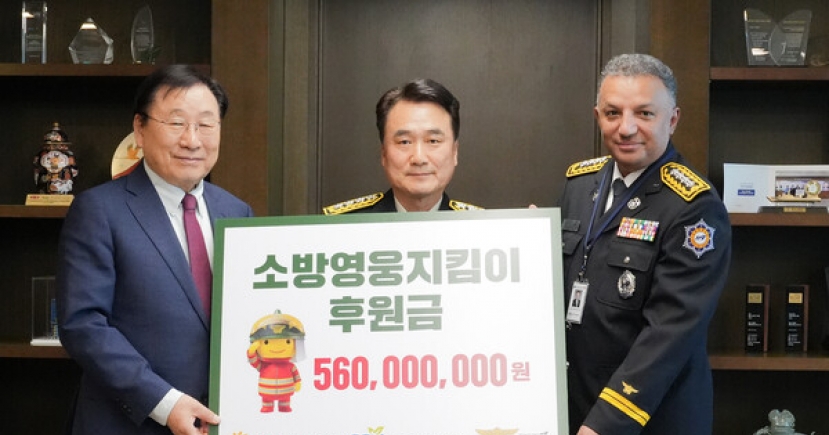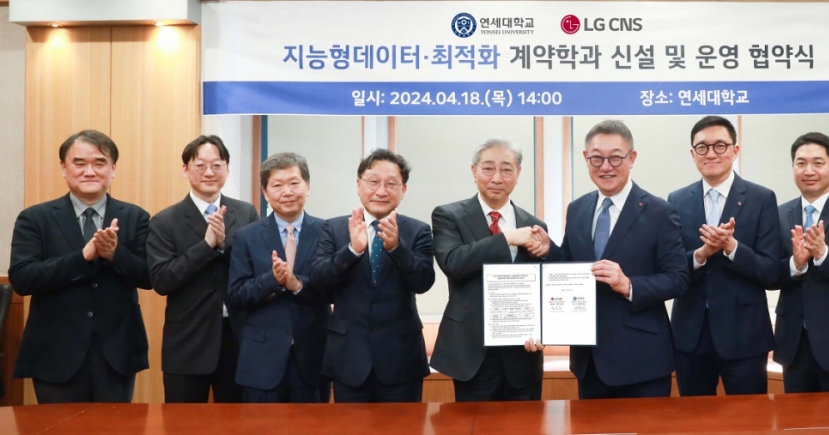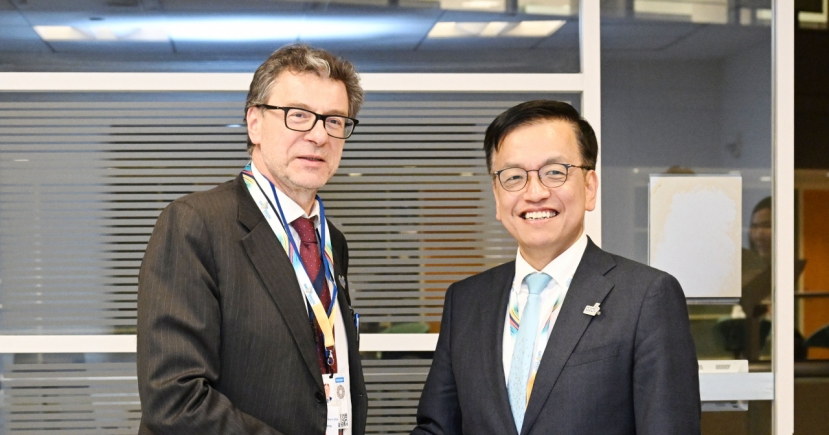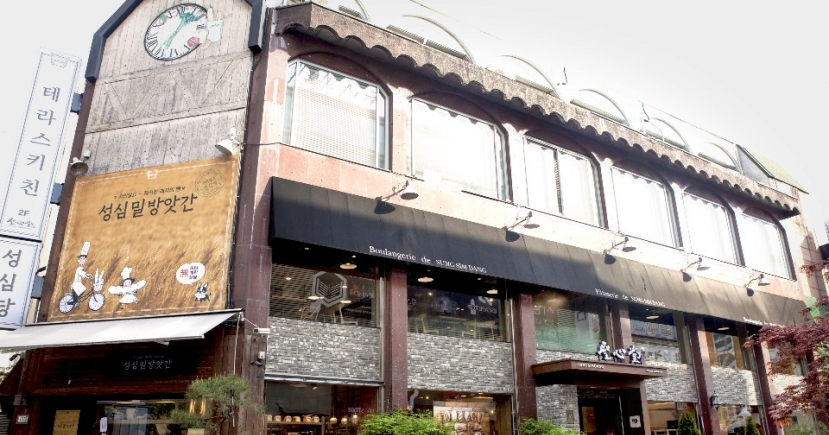Economy
Korea’s middle class declines as income distribution worsens
[THE INVESTOR] Amid increasing income disparity, the Ministry of Strategy and Finance said Tuesday that Korea‘s middle class accounted for 65.7 percent of the population last year, a 1.7 percentage point decreased compared to the previous year.
Although there is no established international standard in defining the middle class, Korea’s National Statistical Office defines middle class as 50 to 150 percent of the country’s median income, in accordance to the standards of the Organization for Economic Cooperation and Development.
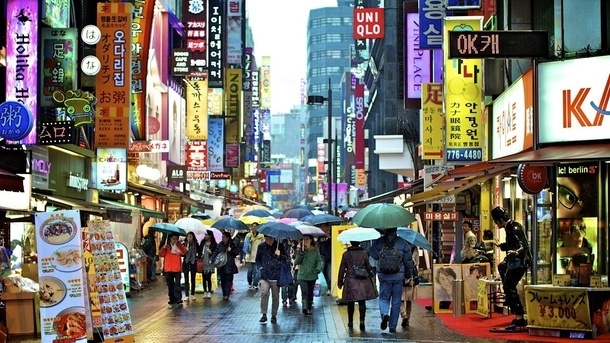 |
Based on this standard, the proportion of Korea’s middle class population in 2011 was recorded at 64 percent, 65 percent in 2012, 65.6 percent in 2013 and decreased to 65.4 percent in 2014. Although the middle class ratio slightly rebounded in 2015 with 67.4 percent, it fell off again last year at 65.7 percent.
The decline in the middle class is being largely attributed to the deterioration in the country’s income disparity as the gap between rich and poor is further deepening, the finance ministry said.
According to data Statistics Korea, the median monthly income of a four-person household was listed at 4.39 million won ($3,928). And despite the government’s continued push to narrow the income distribution gap, the gap disparity shot back up last year after experiencing five consecutive years of decline.
The data showed the Gini coefficient of the total average household’s total income to be 0.353 last year compared to the previous year’s 0.341 rating.
The Gini coefficient is a measurement of the income distribution ranging between 0 and 1.The formula is based on citizens’ net income and is utilized to define the gap between the low and the upper class, with 0 representing perfect equality and 1 representing perfect inequality.
The income quintile ratio, which divides the income of the upper 20 percent class by the income of the lower 20 percent class, also deteriorated for the first time in five years since 2011’s 5.73 ratio.
The worsening of the country’s income distribution is also being attributed to the fact that Korea’s spiking unemployment rate and growing competition in self-employment have led to lower earnings and a spike in low-income earners.
By Julie Jackson/The Korea Herald (juliejackson@heraldcorp.com)


